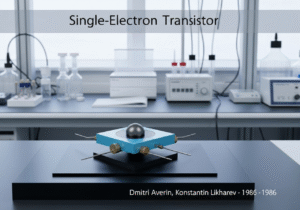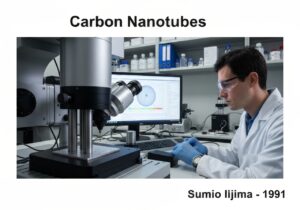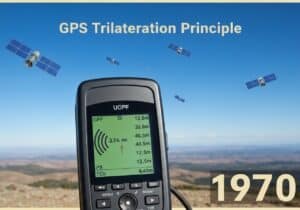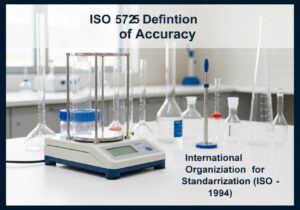How to find patents or search patents ? For any engineer engaged in research, development, and the creation of novel solutions, possessing the know-how to unearth relevant patents offers significant advantages. This capability allows to survey the existing technological terrain, preventing the unnecessary replication of efforts and providing a clear view of what has already been established. Discovering prior inventions can illuminate pathways for new inventive steps, stimulate creative thinking by showcasing diverse approaches, and offer insights into the activities of other organizations within a specific domain. Such awareness directly informs development strategies and contributes to more robust design decisions.
While a specialized patent attorney provides indispensable legal acumen for matters of patent validity, infringement, and the formal application process, engineers themselves must benefit from a foundational competence in patent searching. An engineer can perform preliminary explorations, grasp the technical substance of patents discovered, and identify documents that appear pertinent to their work. This groundwork prepares them for more productive interactions with legal counsel, enabling them to articulate their findings and contribute technical understanding to the legal strategy. The 25+ tricks below will help in this R&D task.

Have in Mind
While we do advocate for free search methods here, engineers must still understand what a patent attorney or dedicated company can bring:
Engaging a patent attorney or a dedicated patent search firm introduces a distinct level of proficiency to the discovery process: these specialists possess deep familiarity with patent laws, classification systems across numerous jurisdictions, and advanced search methodologies honed through continuous practice.
They often subscribe to sophisticated, proprietary databases that aggregate global patent information and offer analytical capabilities far beyond free public tools.
Our Best Tricks for Patents Search
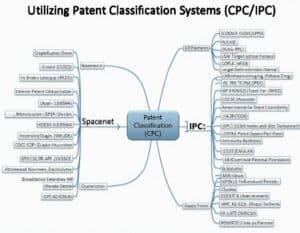
- Master Google patents Advanced Search: you just can’t ignore this one .. to do this in detail, go to patents.google.com and click on “Advanced search” below the main search bar. You’ll see fields like “Search terms,” “Inventor,” “Assignee,” “Before/After Priority/Publication date,” and “Patent office.” Use Boolean operators (AND, OR, NOT) directly in the “Search terms” field, for example: (screen OR display) AND (flexible OR foldable) NOT oled. This is best when you have some specific known parameters (like an inventor or a date range) or when you want to combine multiple concepts precisely from the outset to narrow down a potentially large field of results.
- Leverage Espacenet’s SmartSearch: access Espacenet (worldwide.espacenet.com) and find the “Smart search” option. This is most useful when you want to build complex, targeted queries with high precision. For example, to find patents with “solar panel” in the title and “photovoltaic” in the abstract, filed by “ABC Corp,” you would type: ti=”solar panel” AND ab=photovoltaic AND pa=”ABC Corp”. This method is best for experienced searchers or when initial keyword searches yield too many irrelevant results, as it allows searching within specific bibliographic data fields.
- Utilize patent classification systems (CPC/IPC): when you find a few highly relevant patents, look for their CPC (Cooperative Patent Classification) or IPC (International Patent Classification) codes, usually listed on the front page or in the bibliographic data section. For example, if a key patent for a new type of battery is classified under H01M 10/0562 (related to electrolytes), you can then search for other patents also classified under H01M 10/0562 in Google Patents or Espacenet. This is best for uncovering patents that use different terminology for the same technology or for broadening your search within a specific technical niche once you’ve found a good starting point.
- “Mine” forward citations: once you have a relevant patent (Patent X), look for a section often labeled “Cited by,” “Forward citations,” or “Referenced by.” These are patents published after Patent X that reference it as prior art. For instance, if Patent X was published in 2015, its forward citations will be from 2015 onwards. This technique is best for tracking the evolution of an invention, finding improvements, or identifying competitors who are building upon that specific technology. It’s particularly useful for understanding the current state-of-the-art related to a foundational patent.
- “Mine” backward citations: on the same relevant patent (Patent X), find the “References Cited,” “Backward citations,” or “Prior art cited” section. These are older documents (patents or non-patent literature) that Patent X’s examiner or applicant considered relevant. Reviewing these can help you understand the technological foundation upon which Patent X was built and identify earlier, potentially more fundamental patents in the field. This is best for historical context, understanding the novelty arguments for Patent X, and finding seminal works.
- Search by inventor and assignee/applicant names: if you know key individuals or companies active in your subject area (e.g., “John Smith” as inventor, “Innovatech Corp” as assignee), use these names in the dedicated inventor/assignee fields in advanced search interfaces. Be mindful of variations (e.g., “Innovatech Corporation,” “Innovatech Inc.”). This is best when you are tracking the output of specific R&D entities or prolific inventors, or when trying to understand a company’s technological focus or patent portfolio in a certain area.
- Brainstorm and use extensive synonyms & keywords: before starting, and during your search, list all possible terms related to the invention’s components, function, application, and the problem it solves. For a “self-watering plant pot,” think: “automated irrigation container,” “moisture-controlled planter,” “plant hydration system,” “wicking bed.” This is crucial in all search stages, especially when initial simple keyword searches fail. It’s best for ensuring comprehensive coverage and overcoming the limitations of inventors using varied terminology.
- Employ wildcards and truncation: use * for multiple characters (truncation) and ? for a single character wildcard. For example, nano* could find “nanotube,” “nanoparticle,” “nanotechnology.” colo?r would find “color” and “colour.” This is best used when you want to capture variations in word endings or spellings without listing every single variant. It’s particularly useful for technical terms with common prefixes or suffixes, or when searching across databases with content from different English-speaking regions.
- Target specific patent document sections: instead of a full-text search, which can be noisy, use advanced options to search keywords only within the “Title,” “Abstract,” or “Claims.” For example, searching “quantum computing” in the title is likely to yield more directly relevant patents than finding it buried deep in the specification. This is best for initial, high-relevance searches or when you want to quickly vet if a technology area is being patented with a specific focus as indicated by its most prominent sections. The claims are crucial for understanding the exact scope of legal protection.
- Search Non-Patent Literature (NPL) for...
لقد قرأت 34% من المقال. الباقي لمجتمعنا. هل أنت عضو بالفعل؟ تسجيل الدخول
(وأيضًا لحماية المحتوى الأصلي لدينا من روبوتات الكشط)
مجتمع الابتكار العالمي
تسجيل الدخول أو التسجيل (100% مجاناً)
اطلع على بقية هذه المقالة وجميع المحتويات والأدوات الخاصة بالأعضاء فقط.
فقط المهندسون والمصنعون والمصممون والمسوقون الحقيقيون المحترفون.
لا روبوت، ولا كاره، ولا مرسل رسائل غير مرغوب فيها.






